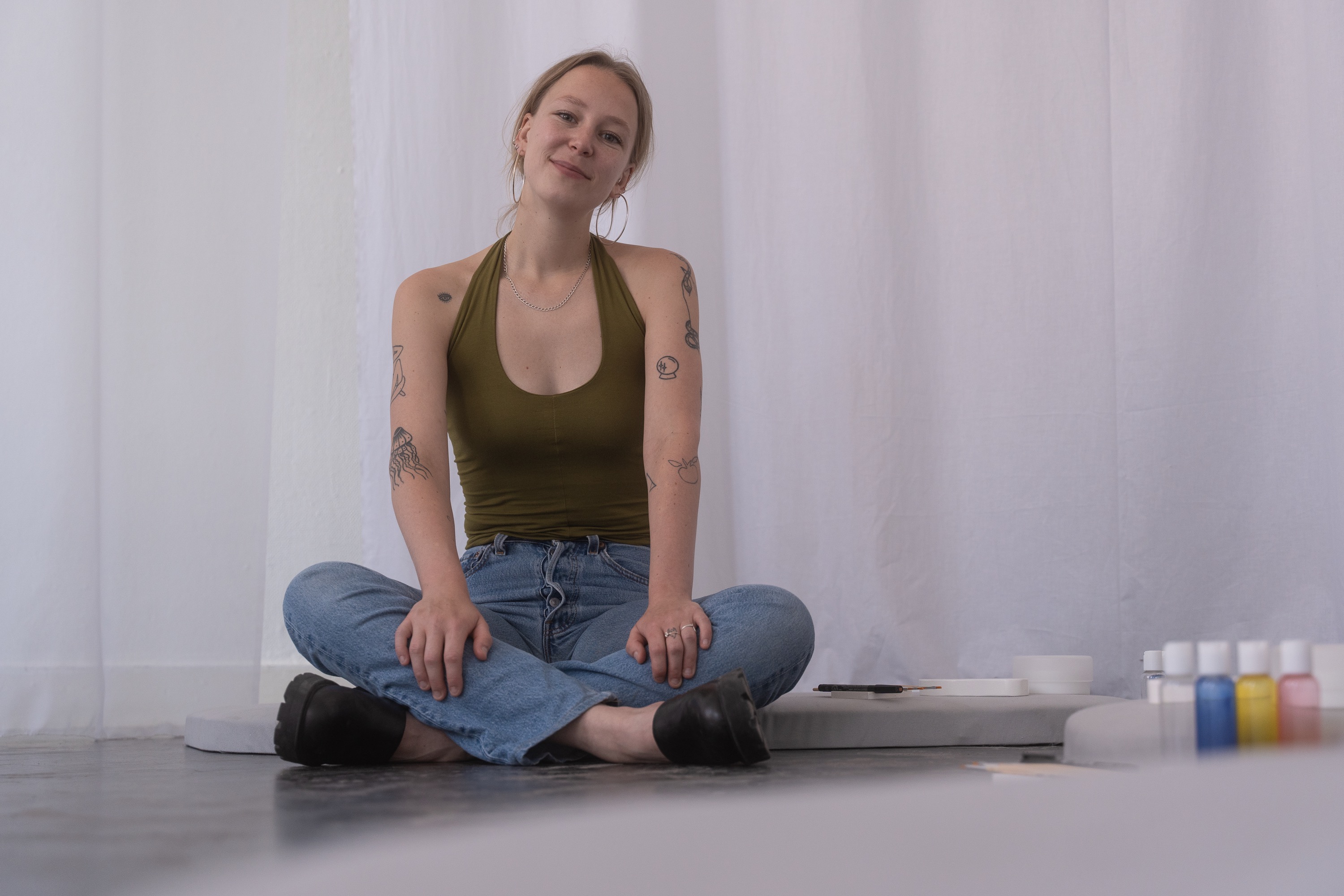Sweat It:
Shifting Perspectives on Body Odor
–
Manon Keesmaat
Shifting Perspectives on Body Odor
–
Manon Keesmaat
Sweat it is a performative workshop that invites audiences to share their own sweat samples with other people. Participants are encouraged to challenge their perception of and aversion to body odor. As they are guided through the workshop, they are asked to visualise and describe ‘new’ associations with the help of a set of audio prompts.
![]()
I want this activity to stimulate people to explore their own understanding of what they smell. The visualisations created by participants during the workshop are collected and projected onto the wall to create visual compositions. The workshop is meant for anyone interested in learning to understand how the fragrance industry is shaping our perceptions of each other, and how this industry is rooted in socially constructed ideas of ‘cleanliness’.
![]()
The introduction of showers, washing machines, and commercial fragrance products made it increasingly easy to remove or cover up body odors, and reinforced ideals of ‘cleanliness’. Observing the many products available for countering body odors in an average Dutch supermarket, drug store, or perfumery shows that the fear of smelling bad is a major concern, one that leads us to hide our biological nature. Depending on class, race, and gender, if you do not smell ‘nice’ and ‘clean’ – perfumed and with no sign of body odor – there is a high probability that people will subconsciously judge you negatively.
As historian Ruben Verwaal writes in his book Bloed, zweet en tranen, there are plenty of examples throughout history where sweat was interpreted as a sign that something was wrong, and was associated with disease. On the other hand, profuse sweating was also seen as a therapeutic remedy. Verwaal describes: “The meaning of smell is not fixed but shifts through time. So how people perceive the smell of sweat is also subject to change.”[1]
[1] Ruben Verwaal, Bloed, zweet en tranen, een geschiedenis van de vloeibare mens, Amsterdam: Thomas Rap, 2023.
![]()
![]()
![]() This project departed from my own hypersensitivity to artificial fragrances: I often find myself in situations where I am nauseated by the scents of perfume and deodorant, clothes washed with scented laundry detergent, or air fresheners. The ways our bodies, our homes, our clothing, and even our food is supposed to smell are heavily manipulated by synthetic scent. But synthetic fragrances can be toxic, and can desensitise our bodily and sensory awareness. Through the industrial production of artificial scent, the nose is trained to ‘not know’.
This project departed from my own hypersensitivity to artificial fragrances: I often find myself in situations where I am nauseated by the scents of perfume and deodorant, clothes washed with scented laundry detergent, or air fresheners. The ways our bodies, our homes, our clothing, and even our food is supposed to smell are heavily manipulated by synthetic scent. But synthetic fragrances can be toxic, and can desensitise our bodily and sensory awareness. Through the industrial production of artificial scent, the nose is trained to ‘not know’.
Sweat it proposes that we reprogram our perception of body odor, through exposure and training awareness, by developing a rich vocabulary around how we smell. With this project I aim to challenge consumers to release themselves from the spell of the fragrance industry, improving our abilities to create and experience meaning through smell.
![]()
Through my studies at MID, I have learned to recognise and value my personal perspective as a method to work from. In this project, I used my own written stories and reflected on them using a wide variety of references. This allowed me to contextualise my personal perspective within a social, biological, and psychological realm.
By looking into the fields of psychology, sociology and language and communication research, I was able to more deeply engage with the broader issue that I wanted to bring to the surface, leading me to understand how important it is for me as a designer to work interdisciplinary. I think that working together with researchers from other fields, can play a fundamental role in bringing the urgency of these topics to a wider audience.
![]()
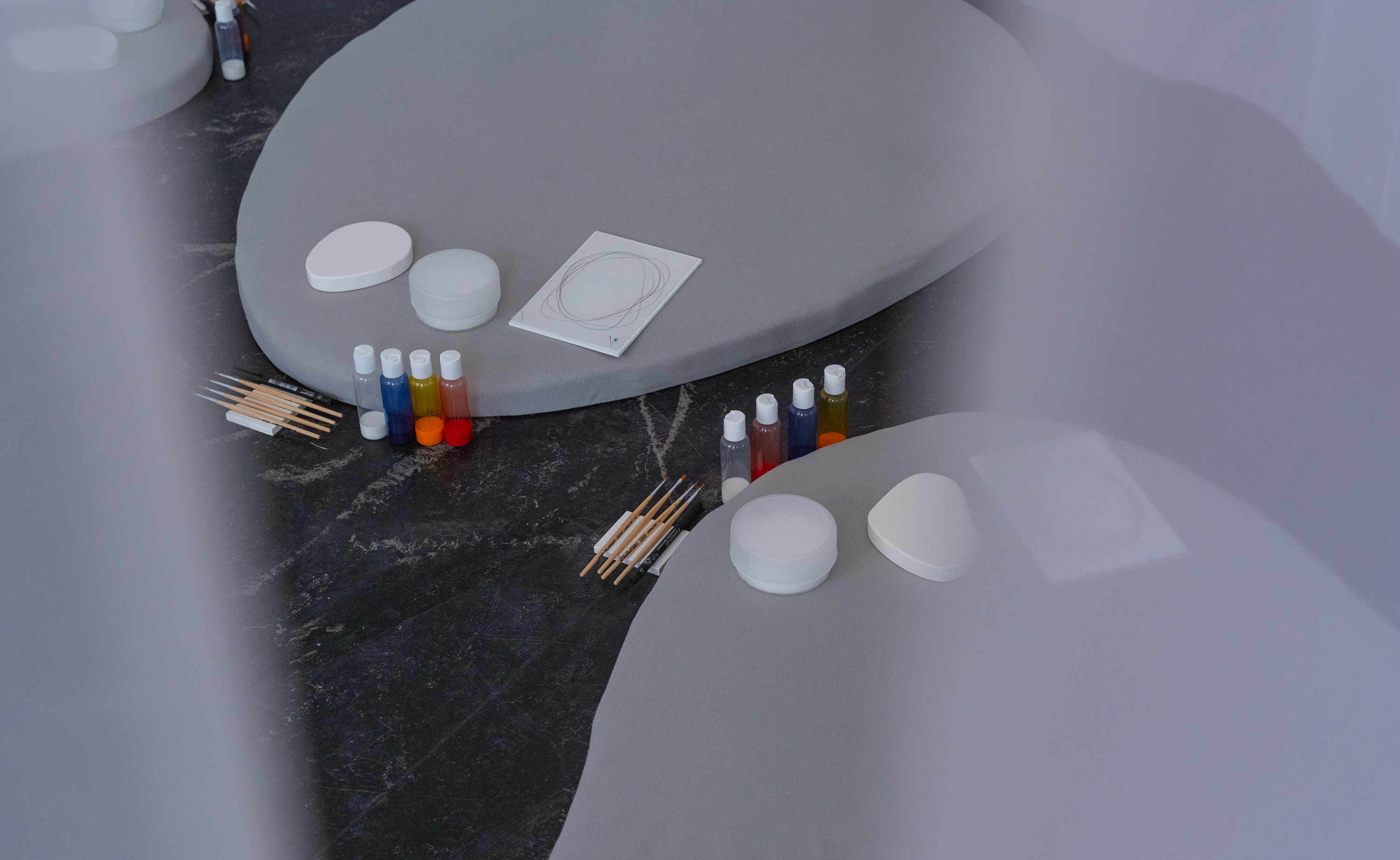
I want this activity to stimulate people to explore their own understanding of what they smell. The visualisations created by participants during the workshop are collected and projected onto the wall to create visual compositions. The workshop is meant for anyone interested in learning to understand how the fragrance industry is shaping our perceptions of each other, and how this industry is rooted in socially constructed ideas of ‘cleanliness’.
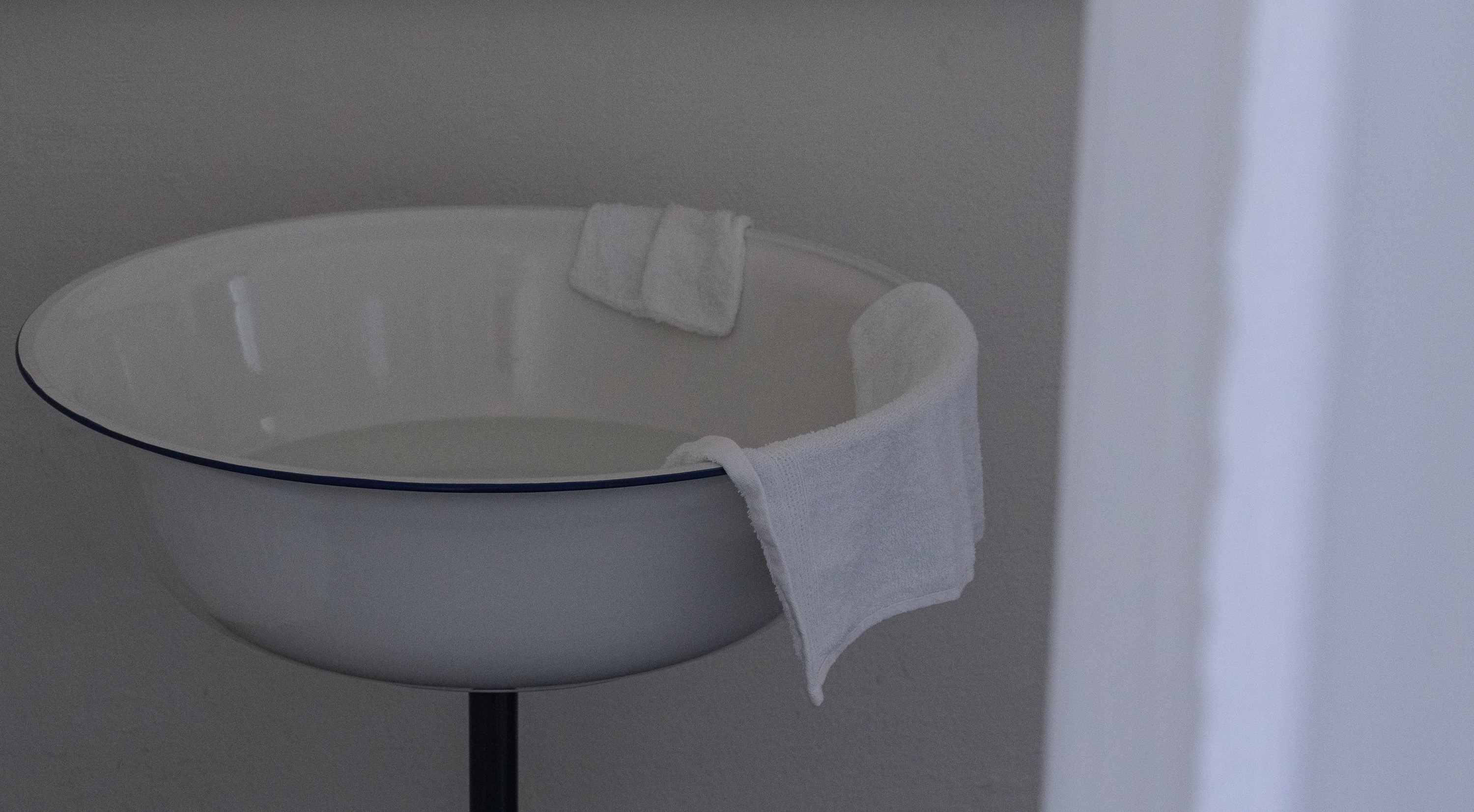
The introduction of showers, washing machines, and commercial fragrance products made it increasingly easy to remove or cover up body odors, and reinforced ideals of ‘cleanliness’. Observing the many products available for countering body odors in an average Dutch supermarket, drug store, or perfumery shows that the fear of smelling bad is a major concern, one that leads us to hide our biological nature. Depending on class, race, and gender, if you do not smell ‘nice’ and ‘clean’ – perfumed and with no sign of body odor – there is a high probability that people will subconsciously judge you negatively.
As historian Ruben Verwaal writes in his book Bloed, zweet en tranen, there are plenty of examples throughout history where sweat was interpreted as a sign that something was wrong, and was associated with disease. On the other hand, profuse sweating was also seen as a therapeutic remedy. Verwaal describes: “The meaning of smell is not fixed but shifts through time. So how people perceive the smell of sweat is also subject to change.”[1]
[1] Ruben Verwaal, Bloed, zweet en tranen, een geschiedenis van de vloeibare mens, Amsterdam: Thomas Rap, 2023.
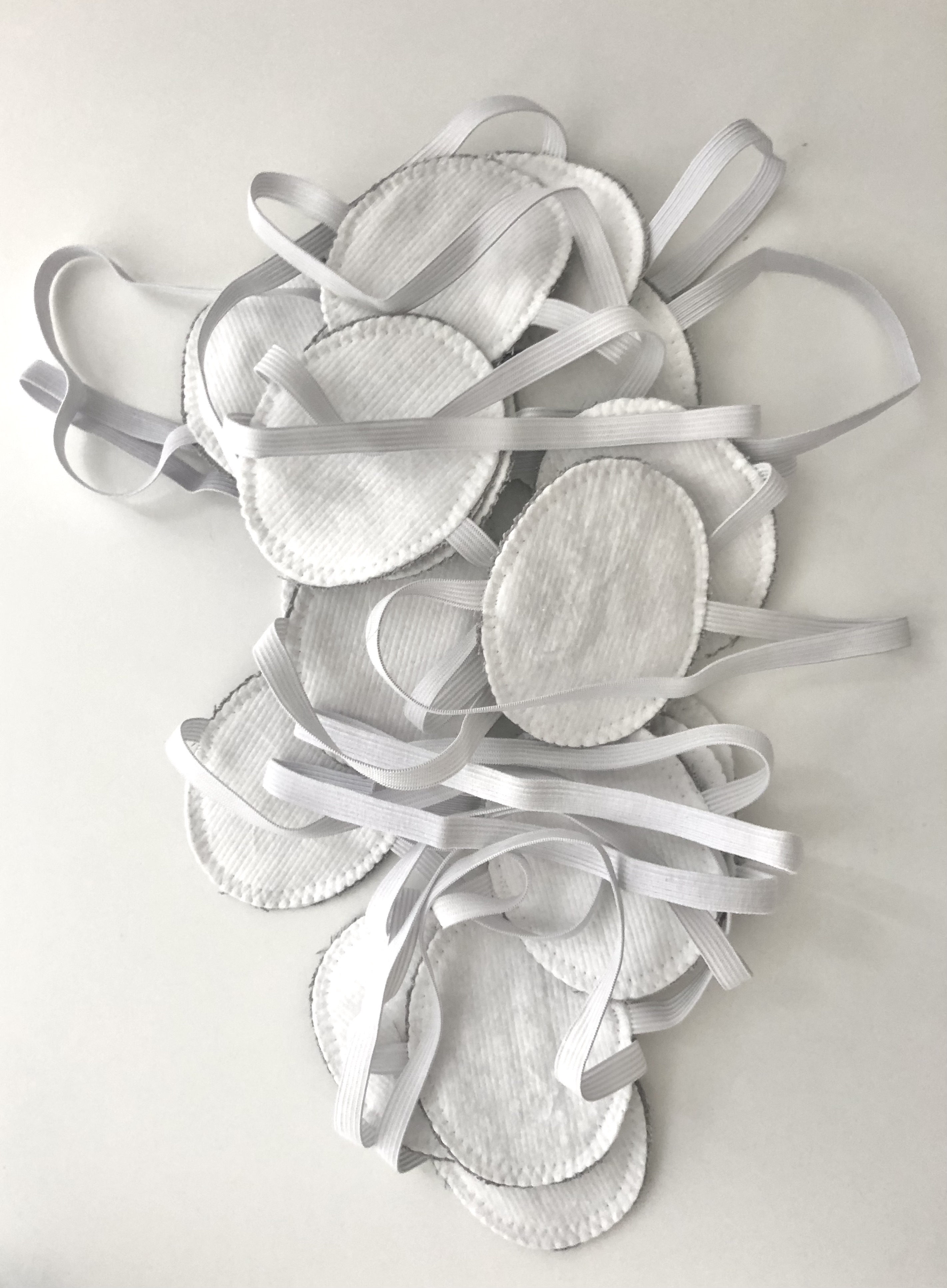
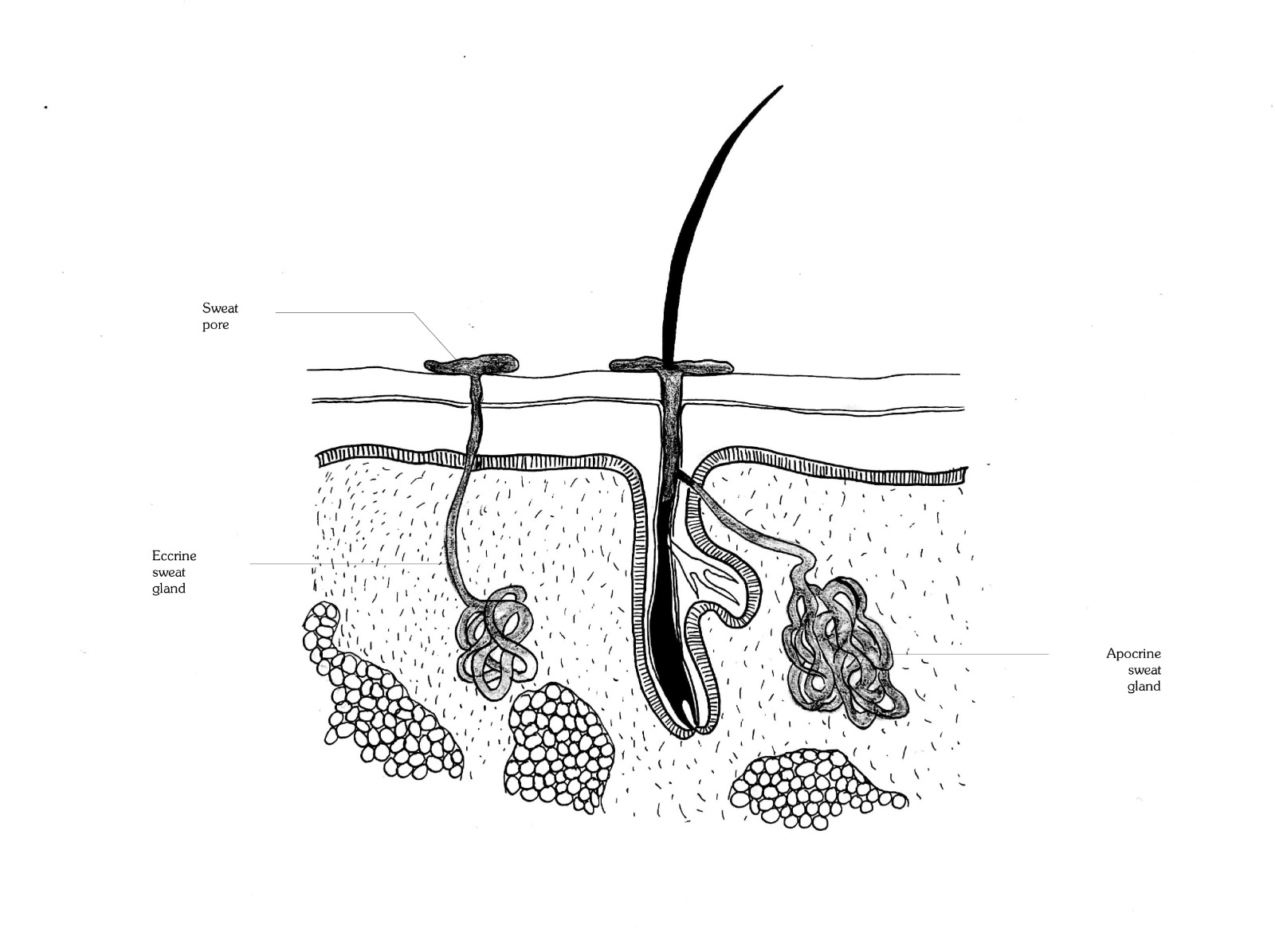
Sweat it proposes that we reprogram our perception of body odor, through exposure and training awareness, by developing a rich vocabulary around how we smell. With this project I aim to challenge consumers to release themselves from the spell of the fragrance industry, improving our abilities to create and experience meaning through smell.
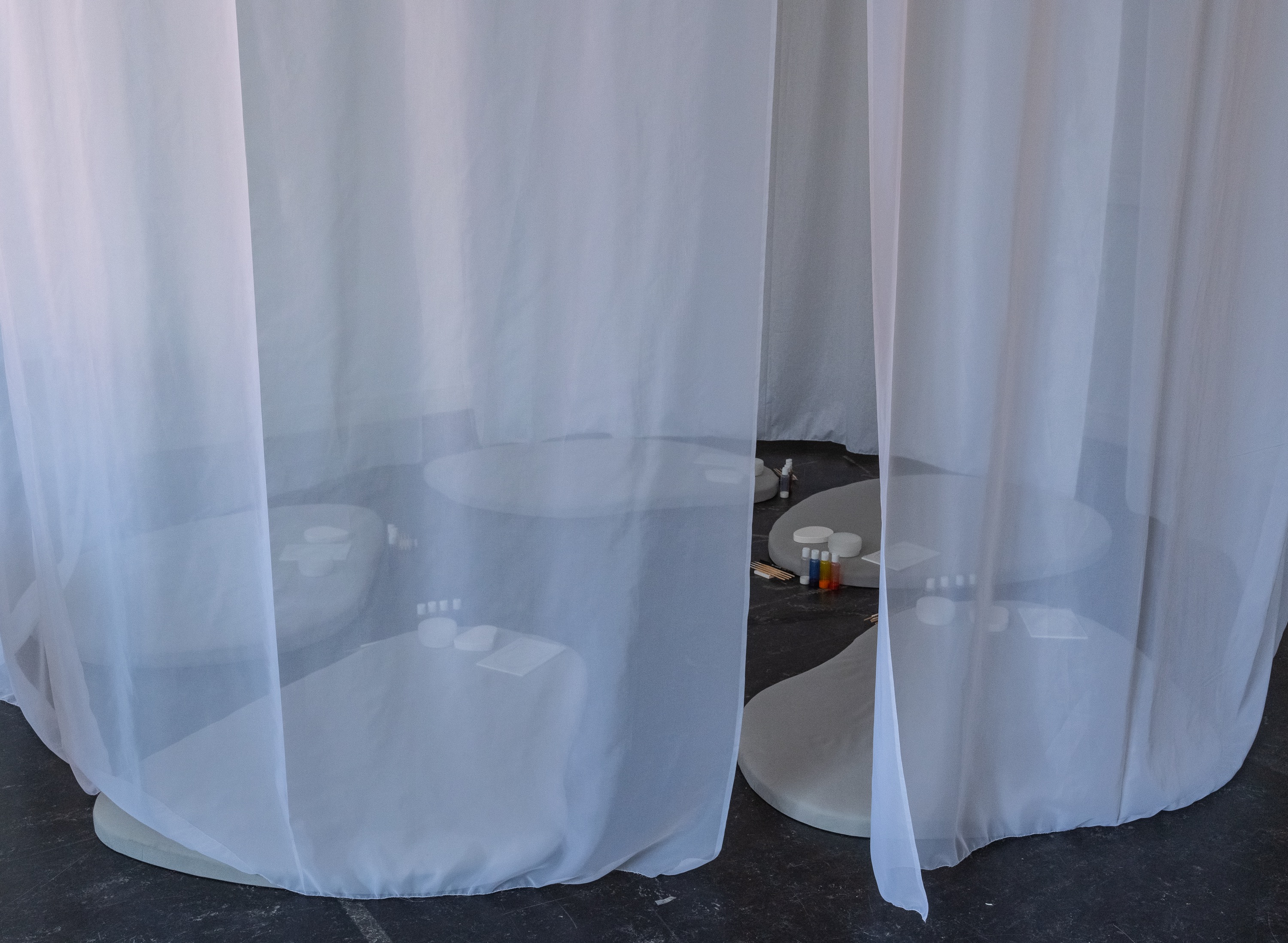
Through my studies at MID, I have learned to recognise and value my personal perspective as a method to work from. In this project, I used my own written stories and reflected on them using a wide variety of references. This allowed me to contextualise my personal perspective within a social, biological, and psychological realm.
By looking into the fields of psychology, sociology and language and communication research, I was able to more deeply engage with the broader issue that I wanted to bring to the surface, leading me to understand how important it is for me as a designer to work interdisciplinary. I think that working together with researchers from other fields, can play a fundamental role in bringing the urgency of these topics to a wider audience.
